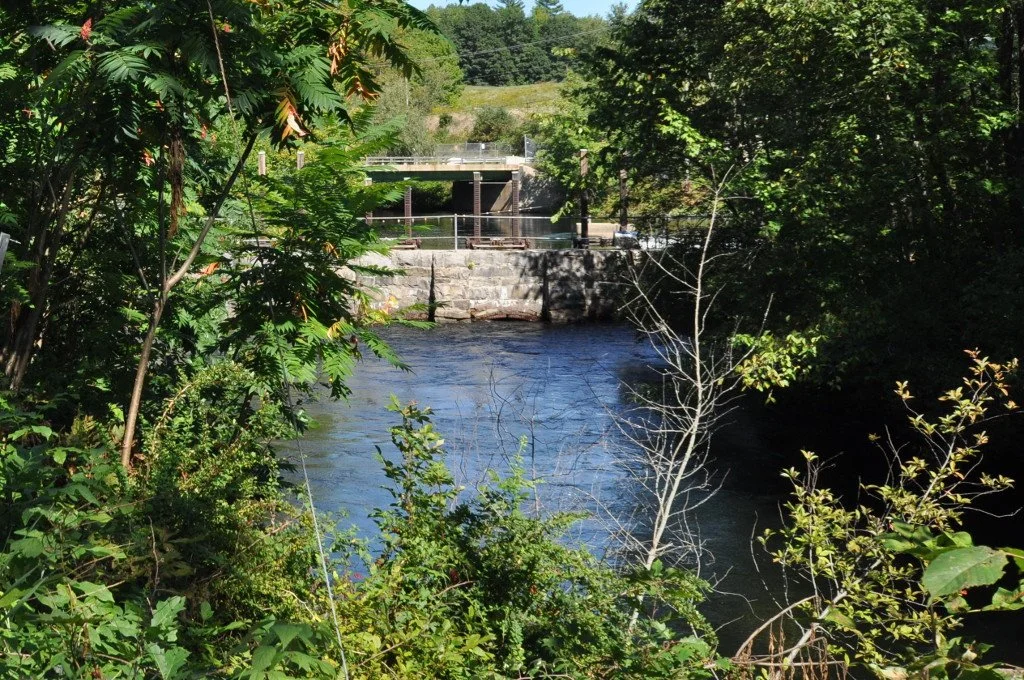Or go directly to the trees
Two moose in the Aroostook National Wildlife Refuge, in northern Maine. The moose is Maine's state mammal.
A section of the Cumberland and Oxford Canal in Windham, Maine. The long-abandoned canal was was constructed in the early 1830s to ship goods from some inland lakes to Portland.
— Photo by Magicpiano
“Rather than locate these observations in the abstract, though, I want to literally bring them down to earth as much as I can by suggesting how they derive from a close reading of a particular place: in this case, the New England in which I have spent over two-thirds of my life. And I use the word ‘reading’ advisedly, because I think it stands at the heart of my overall approach in this book, one that combines the interpretation of selected literary texts and specific New England landscapes to come to some understanding of the ways that natural places and cultural processes have intertwined to shape the region both on the ground and in the mind. You can learn a lot about human relationships with the natural world from reading books, to be sure — at least, I hope you’ll think so in the case of this particular book — but I also think you can learn just as much from bypassing the books and going directly to the trees they’re made from and the landscapes in which they live, reading these things and places as texts in their own right for the implicit narratives they contain about the mutual interaction of people and their nonhuman environments.’’
— Kent Ryden, on his book Landscape With Figures. He’s a professor of American and New England Studies at the University of Southern Maine.

